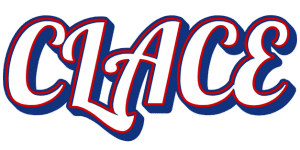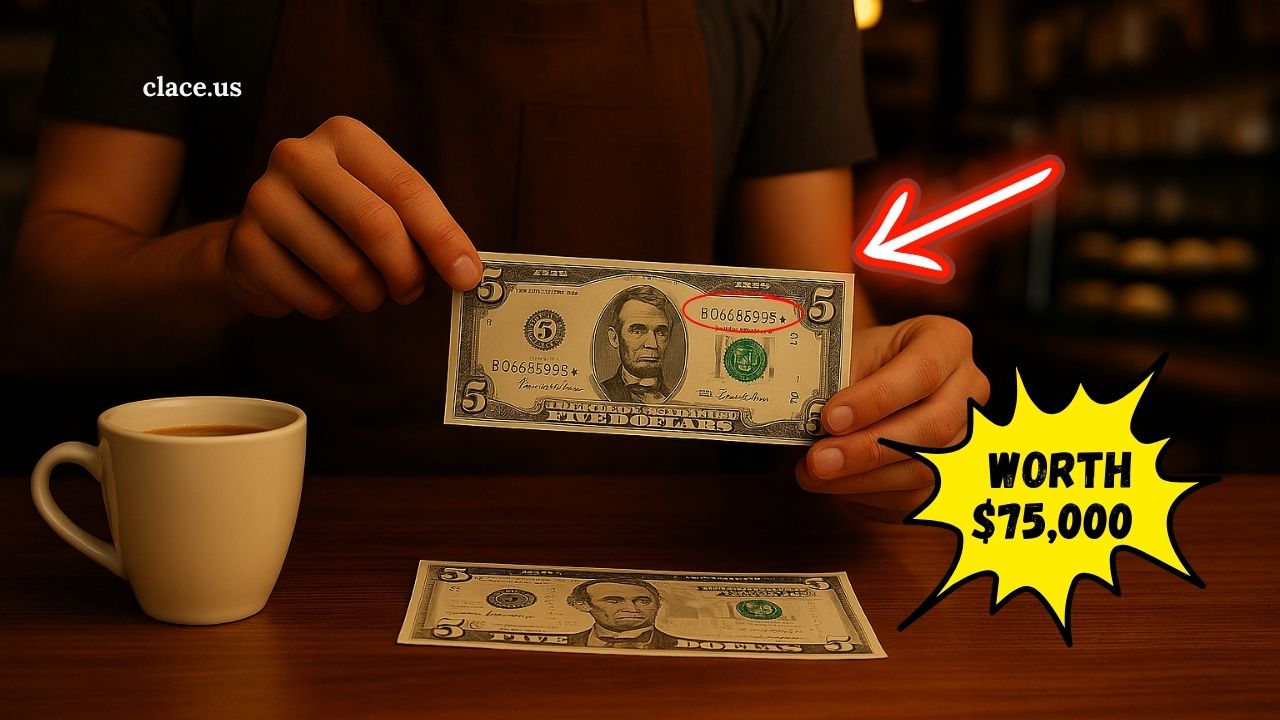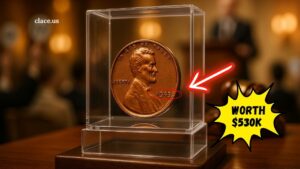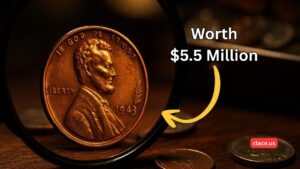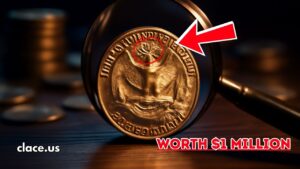Cafe Worker Discovers Rare $5 Bill With Double Serial Numbers – Sells It For $75,000
A simple day at the café turned into a life-changing moment of discovery when a barista found a rare $5 bill with double serial numbers in the tip jar. Incredibly, this unique find sold for $75,000, drawing attention from collectors and experts nationwide.
This article dives into all the juicy details—what makes the note so valuable, why collectors are willing to pay huge sums, and how common printing errors like this become profitable treasures overnight.
What Happened: A Lucky Discovery
A café worker stumbled upon what seemed like an ordinary $5 bill among loose change. But on closer inspection, they realized the serial number was printed twice—creating a fascinating printing anomaly.
A rare twist like this almost certainly indicates a printing error, and as soon as a collector got wind of it, the value skyrocketed.
Word spread fast, and soon the bill was up for auction. In a thrilling bidding war, the final price soared to $75,000, earning it headline status in the world of rarities and currency anomalies.
Why This $5 Bill is So Valuable
Several factors combine to make this double-serial-number error note exceptionally prized:
- Scarcity: Only a handful of double serial printed bills are known to exist.
- Condition: Its appearance and lack of damage made it highly desirable.
- Historical interest: Such printing errors are considered pieces of printing history.
- Collector demand: Unique error banknotes can fetch huge sums quickly.
Bill’s Key Details
| Attribute | Details |
|---|---|
| Error Type | Double serial numbers |
| Discovery Location | Tip jar at a café |
| Condition | Crisp, uncirculated appearance |
| Auction Final Price | $75,000 |
| Collector Appeal | Unique printing error, highly rare |
The Value of Error Currency
Printing errors like this one are far from everyday finds. Most currency is carefully printed with redundancies to avoid mistakes—but occasionally, slips happen.
Bills that escape inspection with anomalies become valuable collector’s items, often selling for thousands or even tens of thousands of dollars.
This particular discovery illustrates how seemingly insignificant change can be an overnight windfall. For the café worker, it wasn’t just a lucky slip of the pen—it was a ticket to a small fortune.
How to Spot Rare $5 Bills
If you’re wondering whether you might have a valuable note, here’s what to look for:
- Serial Numbers: Check if the two on the note match exactly. Mismatches or duplicate prints are a red flag.
- Alignment/Orientation: Look for misprints or backward numbers.
- Condition: Uncirculated bills are more valuable; avoid folding or damaging potential finds.
- Serial Patterns: Solid or repeating serial numbers (like “88888888”) are also highly sought after.
Even partial or low-grade error notes can fetch four-figure amounts, whereas pristine examples can break tens of thousands.
What began as a routine workday for a café employee turned into a headline-making discovery: a $5 bill with double serial numbers transformed from loose change to $75,000 in collector’s gold.
This astonishing result underscores the thrill and potential value hidden in everyday currency. Whether you’re a seasoned collector or simply curious, it’s clear that rare error bills can be gold mines—if only you know what to look for.
FAQs
It’s a printing flaw where a bill shows the serial number twice instead of once, making it a rare collectible.
Yes! Bills with unique or repeating serial patterns, or other printing anomalies, can be valuable—sometimes in the thousands of dollars.
Keep it in mint condition (no folding or handling), get it authenticated by a currency grader, and consider an auction or specialist sale.
